Minnesota Update, 05.31.2023
May 30, 2023
Getting back into the swing of things here, to use a cliche that sounds like it should be a baseball cliche but isn’t, so let’s round up the Minnesota sports scene for today.
The Twins have lost four consecutive series, and the way things looked on Tuesday night in Houston, they’re headed for five. Stop me if you’ve heard this one before, but they didn’t hit much, they didn’t hit at all with runners in scoring position (1-for-8), and Carlos Correa and Byron Buxton both hit into double plays.
They managed all this off of Brandon Bielak (you know, “Who?”), one of the many pitchers with no real track record of success that the Twins have made into potential All-Stars this season.
Correa, of course, is the one that’s still driving me crazy - not even because of the contract, because it’s not my money, but because he’s genuinely been a disaster in big spots this year. He’s hit into nine double plays, which is difficult for a guy who can run at least a little, and his WPA at the plate (coming into last night) was a negative 1.0, which is among the worst 20 players in the game.
We’re beyond the “well it’s early in the season” excuses for Correa. For the rest of the Twins, too, but they either have an OPS north of .700, or weren’t the type of guy who was expected to carry the team (Michael Taylor, Max Kepler, etc.)
But hey, Christian Vázquez got two hits in a single game, and even drove in a run. So if nothing else, this one was a collector’s item.
The Lynx are 0-5 now, after a 94-89 loss in Dallas last night, and it’s looking like it’s going to be a long 40 games this year for Minnesota. They’ve got that affliction - familiar to fans who watched either Gopher basketball team last winter - where it’s always just something that goes wrong, not even the same thing every time, just something. Either they can’t shoot one night, or they can’t play defense, or - as in this one - they turn the ball over a hundred times.
They actually out-shot Dallas in this one, including hitting nine of 18 threes (a number that also counts a desperation heave at the buzzer by Rachel Banham), but they gave up 46 points in the paint and turned the ball over 15 times.
The biggest news might be that first-round draftee and presumed franchise cornerstone Diamond Miller was injured in the second quarter, spraining her ankle in ugly fashion. She didn’t return to the game, after ending up in tears on the floor, so you may go ahead and (potentially) mark off one of the reasons to watch Minnesota.
Frankly, keep your eyes on June 27, June 29, August 18, and August 20. Those are the dates that Minnesota plays fellow stragglers the Seattle Storm, and by the time those games roll around - especially in August - the #CollapseForCaitlin effort could be reaching fever pitch.
The big MNUFC news of the day, beyond the fact that Emanuel Reynoso and Bakaye Dibassy were with the team and training, was a rumor linking the Loons to Finnish striker Teemu Pukki.
Pukki, familiar to most as the dude with the funny name who was the only bright spot for Norwich City for two Premier League relegations in a row, is apparently a free agent. He’d have a friend in Minnesota, fellow Finland international Robin Lod, and he plays striker, the position that has bedeviled Minnesota since time immemorial.
That said, he’s also 33 years old, and his numbers in the Championship this year were way down from his previous two stints in the English second division. I’d like to convince myself that this is simply because the Canaries were much worse (13th, instead of winning the league like they did the last two times they were at that level), but the numbers do concern me.
But hey, what do European stats mean? Adrien Hunou’s were fine for three years in Ligue 1 before he got to Minnesota, and he mostly flopped, so maybe they really mean nothing and Pukki is the answer. Here’s hoping, because the Loons need somebody to work out.
Down at Triple-A, the Saints beat Buffalo 9-1, led by occasional Twin Matt Wallner, who was a single short of the cycle and drove in four runs. Jose Miranda also got two hits and drove in three, and given that he’s batting .177 since his demotion, the Twins (and Saints) will take all the hits they can get out of him.
On the mound, Kenta Maeda and Caleb Thielbar both pitched, somewhat oddly as openers, making the Twins’ pitching line look a bit spring training-ish. Maeda walked one and struck out four in two scoreless innings, Thielbar gave up one hit and struck out one in a scoreless inning, and then they turned it over to Brent Headrick, who went five innings and got the win.
Headrick’s one of those semi-anonymous depth guys - he’s a starter, but the Twins called him up and used him as a reliever earlier this year - so it’s nice to see him having some success.
The Twins are again in Houston tonight, finishing off that series, but otherwise it’s a soccer-focused night. MNUFC is in Austin, taking on fellow Western Conference middlers Austin FC.
On the local side, Minnesota Aurora is playing at home, against RKC Third Coast, a team so well-established that they don’t have a Wikipedia page. (Maybe they don’t have the internet yet in Racine, Wisconsin?) Anyway, RKC Third Coast is 0-3 this year, losing their games by a combined score of 13-1, while the Aurora are 2-0 and have yet to give up a goal, so it should be a real… barn-burner in Eagan.
More streaks and droughts for MNUFC
May 19, 2023
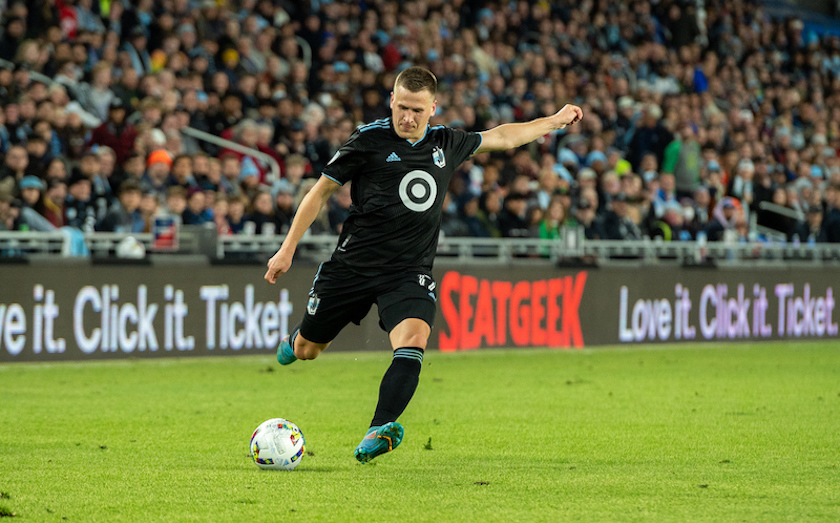
Robin Lod hasn’t scored a goal in a year.
That statement’s not quite true, not yet, but on Wednesday’s Apple TV broadcast of the Minnesota-Houston game, they flashed a stat on the screen, noting that Lod hadn’t scored since May 22, 2022, which immediately prompted a “okay they must have screwed that up, there’s no way Robin Lod hasn’t scored a goal in a year” reaction from me.
So I looked it up, and I’ll be darned, it’s true. Weirdly, it was on the end of a stretch where Lod scored five times in six appearances, even though he was out sick in the middle.
To be fair to him, it was only about a month after that goal that the Loons started regularly deploying him in central midfield, rather than as a forward; by my count, he’s only gone seven or eight starts at forward without scoring a goal. But still, it was astonishing, and so I decided to look up some more droughts and streaks for the Loons.
A whirlwind of Sportive Podcasts
May 15, 2023
Just a quick note, but after taking a month off (by accident), The Sportive did three podcasts last week. I was on all three, joined in turn by each of the three Sportive guys, talking Wild and Twins and Wolves. I won’t link to them individually but here’s the link to the podcast overall; all I’m asking is that, if you removed us from your podcast subscriptions because you thought we were dead (or if you never subscribed in the first place), please add us back, because we are alive!
MNUFC, we need to talk about Dayne St. Clair
May 15, 2023
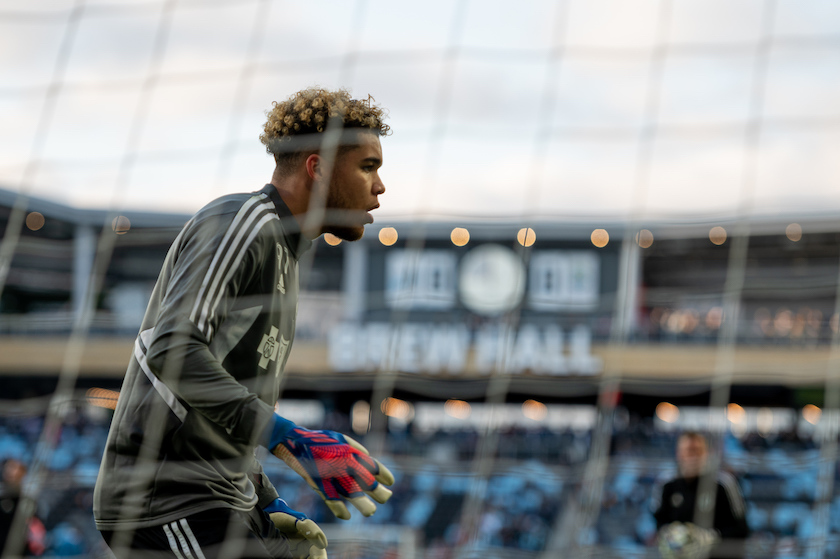
When Minnesota United goalkeeper Dayne St. Clair was going good - and he was never going better than mid-season last year when he made the MLS All-Star Team - his scouting report was pretty clear.
He’s not a great distributor. He doesn’t really command the penalty area, preferring to stay on his line. He’s not much of a sweeper-keeper, nor is he especially good with the ball at his feet… but man, he sure can stop some shots.
Halfway through last year, that shot-stopping ability was carrying him to one of the best goalkeeper seasons in MLS history. The numbers put him in the upper echelon of MLS keepers, up there with Djordje Petrovic and Andre Blake and other, better-known goalkeeper names. He slid a bit in the second half, but by almost any measure, he was still a top-10 keeper for the season.
Now, the 2023 season is one-third over, and we can no longer lean on “well, it’s a small sample size” as an excuse, and so we’re forced to reckon with what the numbers are telling us for 2023, and we need to ask ourselves an uncomfortable question.
Is Dayne St. Clair currently the worst goalkeeper in MLS?
Talking MNUFC with Michael Rand
May 5, 2023
I joined the Star Tribune’s Michael Rand, on his daily podcast, to talk about all things Minnesota United FC. Among the topics discussed: why the Loons can’t score, why their defense is better, and what’s the deal with soccer analytics these days.
There should be a pitch clock in soccer
Apr 19, 2023

Major League Baseball’s unmitigated success with its new pitch clock is sweeping the nation. Americans have clock fever! The pitch clock, were it a single person, would be the most popular figure in the history of baseball!
This is hyperbole, but not ridiculous hyperbole. Baseball has managed to cut a half-hour or so out of its usual running time, without changing anything major about the game itself, and all simply by putting an actual clock in view, to help umpires enforce the rules about pace of play that were already on the books.
With this in mind, I think it’s time for the next step: there should be a pitch clock in soccer.
MNUFC 1, Orlando City 2: The tactical change that changed the Loons' fate
Apr 15, 2023
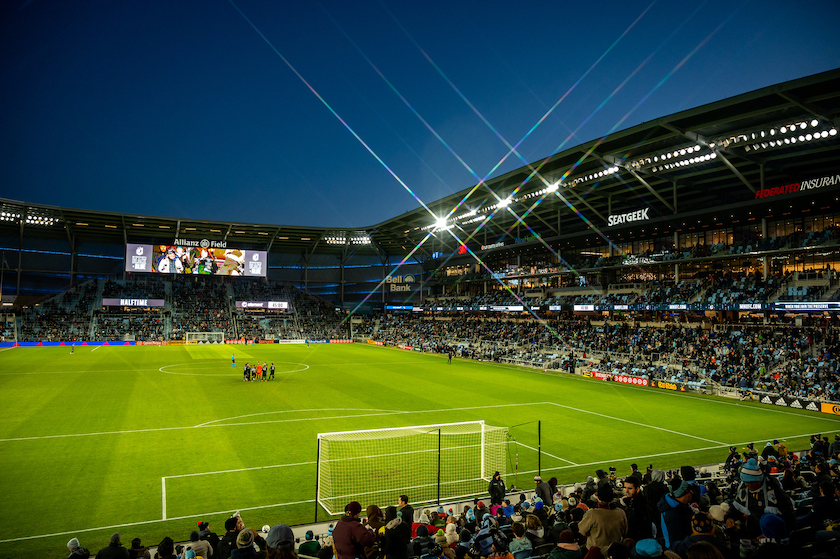
Through 55 minutes, Minnesota United’s 2-1 loss against Orlando City looked like it would be another in a series of tight, cagey defensive performances by the Loons.
Orlando had yet to create anything that looked like a scoring chance. The Loons weren’t much more dangerous.
Ten minutes into the second half, though, Minnesota made a change that, finally, unlocked their own offense - but in the process, gave the Lions the space that they needed to steal three points.
The battle between the PGA Tour and LIV Golf is only about money - and shame
Apr 11, 2023

In 1995, John Feinstein published “A Good Walk Spoiled: Days and Nights on the PGA Tour,” an insider’s account of the 1994 PGA Tour season. The central cast of the book includes Zimbabwe’s Nick Price, the world’s top-ranked golfer at the time, and the man who led the money list on the 1994 tour.
The book adopts a head-shaking, almost tongue-clucking tone at the sum that Price earned that season, an otherworldly $1,499,927. It’s cast as almost too much money for a single golfer to make, a sum that would potentially deflate Price’s desire to not only compete, but to ever play golf again. Adjusted for inflation, that’s a little less than $3 million in 2022.
On the 2022 PGA Tour, 26 golfers earned more than $3 million for the season.
Is MLS Season Pass a concern for MLS?
Apr 6, 2023
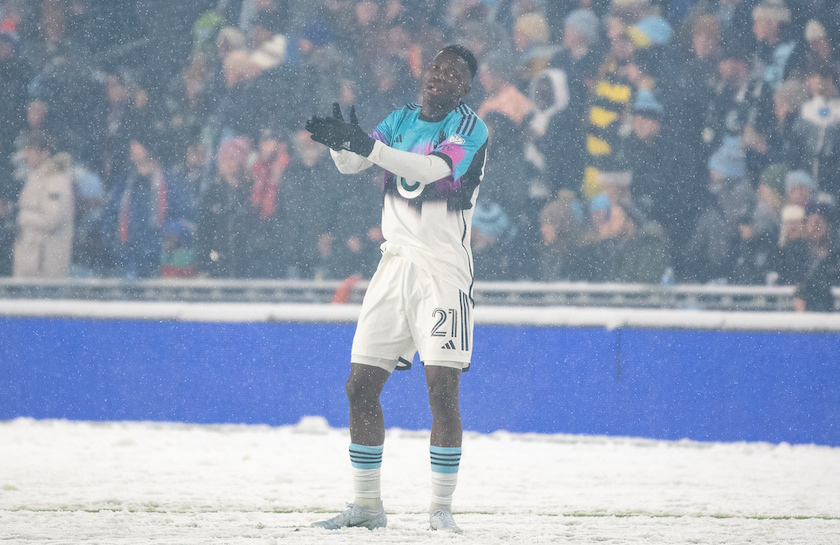
I have a friend, let’s call him Mike (not his real name), who is a fan of the Loons. He’s not a Minnesota United dilettante; he has strong opinions about Franco Fragapane, and he’s the type that can name every backup fullback on the roster. He lives outside the metro, so he doesn’t get to come to as many games as he’d like, and he has a young family, so there are occasional bedtime-related issues to put a damper on his TV viewing.
What I’m saying is that he might not be a card-carrying MNUFC sicko, but he’s definitely in that next tier: serious fandom, someone who cares a lot about the Loons, as much as he cares about the Timberwolves and every other one of his favorite sports teams.
And he doesn’t have MLS Season Pass.
Ranking the first five years for every Gopher men's hockey coach, using science
Mar 29, 2023
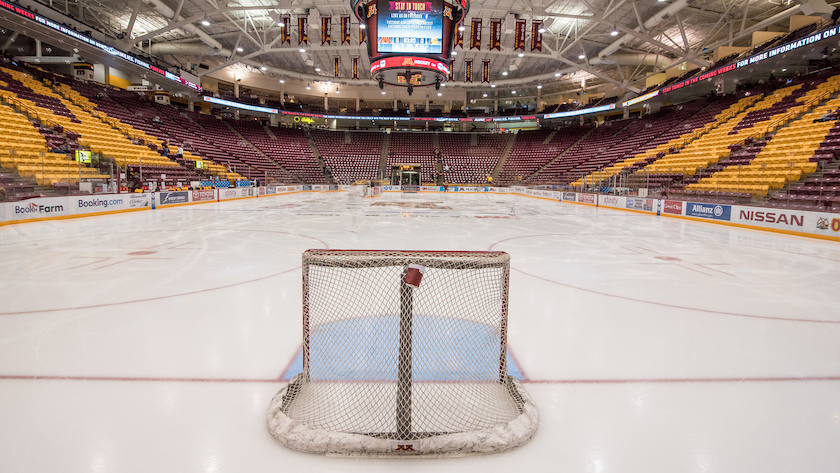
It’s the fifth year of Bob Motzko’s tenure as the head coach of the Gopher men’s hockey team, and the second consecutive in which Minnesota has won the Big Ten championship and reached the Frozen Four.
This seems pretty good, all things considered, but we need something a little more scientific to determine just where he ranks in the pantheon of Gopher coaches. Luckily, we’ve got just such a scientific system, which I just made up, but which I consider to be better than any other system ever designed to rank the first five years of every Gopher men’s hockey coach’s tenure (subject to further review of the literature). Here it is.